History of stainless steel lunch box in India
When it comes to food we Indians are very joyous about our lunch boxes. Tiffins and Dabbas are widely used for carrying food, and even though it has become an obsession of Indian mothers, there is a backstory to where the term came into existence. Let us dive into the history of stainless steel lunch box containers in India.
Beginning
The notion of carrying or storing food dates back to the times of Mahabharat, in the Indian context. Old earthen pots stacked hanging from the roof, where the earliest proof of storing food. In ancient times, earthen pots were the only means of storing and transporting food. These were made handcrafted and came in different sizes. To securely hang them to the roof, coconut fiber is woven into a thick ring with ropes dividing them into three equidistant points to form a cone when lifted. Women conveniently carried these pots on their heads with the help of the ring. In addition to this, stocking food in mud pots are popular due to their properties, especially water and other liquids.
So the whole method of stacking up food in containers is inspired from earthen pots and the convenience they provided during that era. This assures us that the highly useful Tiffin carriers we use every day have their roots in ancient mythology.
Evolved Indian Kitchens
The Indian kitchen has evolved over the years, but cooking vessels were not so sophisticated; though the food made in those traditional kitchens were as delicious, aromatic and flavourful, or maybe more.
Traditional kitchens had a peculiar but straightforward variety of kitchenware. Still, the number of spices and condiments stocked in such a kitchen needs an expert cook to know their location. Several of these utensils are still an integral part of Indian kitchens. One of them is Tiffin or Dabbas. Throughout the years, the Indian kitchen’s transition from a traditional kitchen to a modular one has altered the usage of tiffin and dabbas.
The transition of Indian kitchens
Traditional Indian Kitchen –
Traditionally, kitchens were filled with utensils made of brass, aluminum, and other metals. The use of these vessels was on a large scale, and throughout that, people adapted to these vessels, whereas the material alloy kept on changing. These vessels are still in use today not only in rural parts of the nation but also in urban cities. Dabbas become a significant aspect of the daily lives of working classes and school kids.
The usage of brass utensils and tiffin carriers to aluminum and stainless steel saw a gradual change in just a few years. Whereas the evolution of material gradually changed, the term “Tiffin” was coined later during the British Raj.
The transition of Indian kitchens
Traditional Indian Kitchen –
The traditional kitchen was filled with utensils made of brass, aluminum, and other metals. The use of these vessels was on a large scale, and throughout that, people adapted to the forms of these vessels, whereas the material alloy kept on changing. These vessels are still in use today not only in rural parts of the nation but also in urban cities. Dabbas become a significant aspect of the daily lives of working classes and school kids.
The usage of brass utensils and tiffin carriers to aluminum and then stainless steel saw a gradual change in just a few years. Whereas the evolution of material gradually changed, the term “Tiffin” was coined later during the British Raj.
When the British settled in India in the late 18th century, it soon became apparent that change was needed. The rituals of eating changed as per the climate and appetite. Lunch became a lighter meal, and that is when the word tiffin came into existence. Throughout this, tiffin and dabbas have evolved to create a fascinating world of its own, that involves a whole range of dabbas and above all suppliers from the most famous Bombay tiffin wallahs to sellers of tea stalls.
Today tiffin has a whole new meaning as we have become more health-conscious. Tiffins or dabbas come in all shapes and sizes. Still, traditionally, they are round, with three or four containers with a fitting top and a side clip to avoid any nasty spillages. Tiffins with a single container for one-dish foods become famous for carrying light lunches and snacks on the go.
In India, food cooked at home with love and care is regarded to deliver not only healthy food but also sharing happiness. Lunch is usually eaten thali-style, with a tantalizing range of regional delicacies that may include any combination of yogurt, salad, vegetables, dal, rice, and bread served on a big stainless steel plate or a banana leaf. The separate compartments in a stainless steel tiffin lunch box accommodate thali lunches perfectly.
Why are stainless steel containers best?
With increasing health hazards from plastic containers and metals like aluminum or brass, people were more interested in the lookout for the next best metal for their tiffins. Stainless Steel tiffins were a hit due to their amazing properties like compactness, convenience of cleaning, and no chemical transferred into your food. Today stainless steel is favored to aluminum because of its soft metal properties, high corrosiveness to heat, and its non-toxic nature.
Tiffin culture is now to be seen all over India. Everyone – from the working class to snickering families on long train journeys – carries a tiffin to provide a compact, portable, homemade lunch.

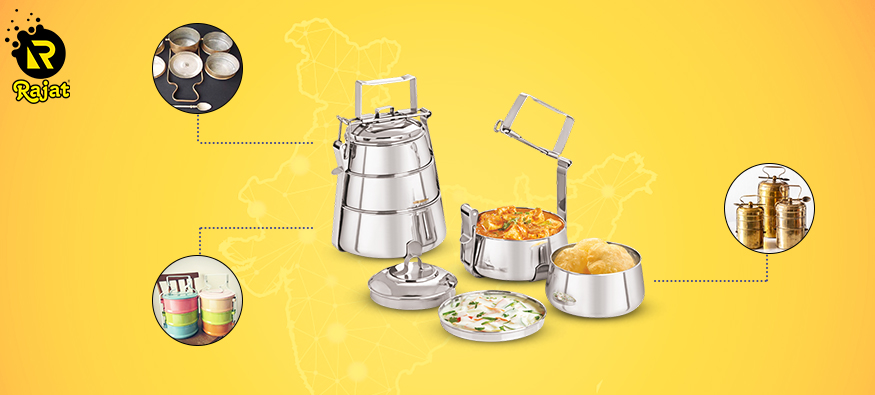
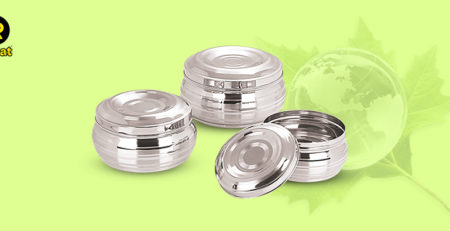
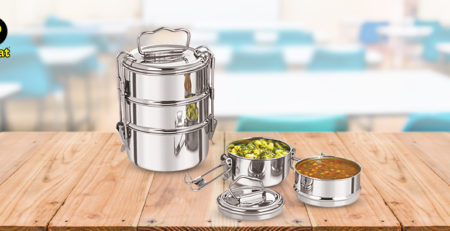
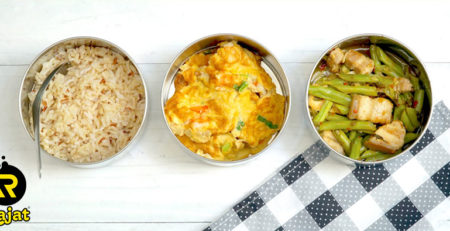
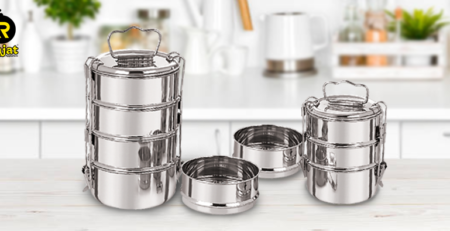
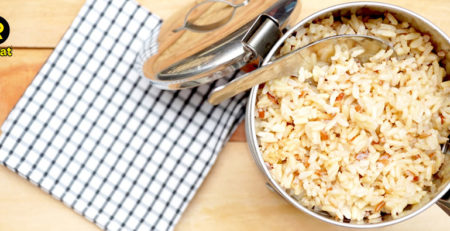
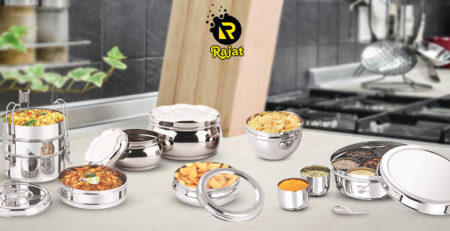
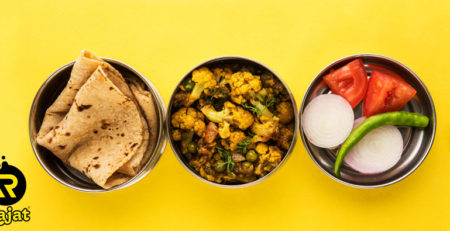
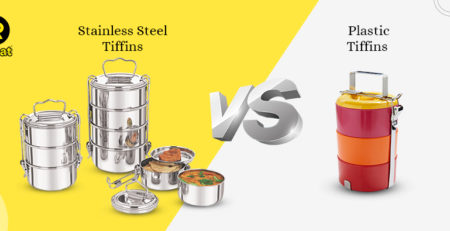
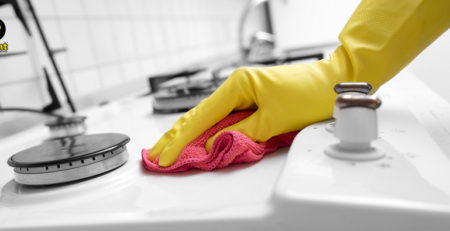
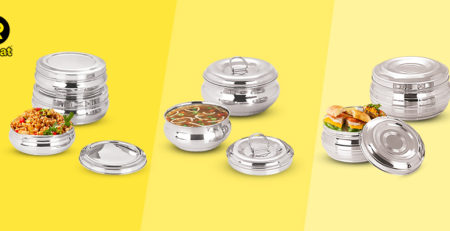

Leave a Reply